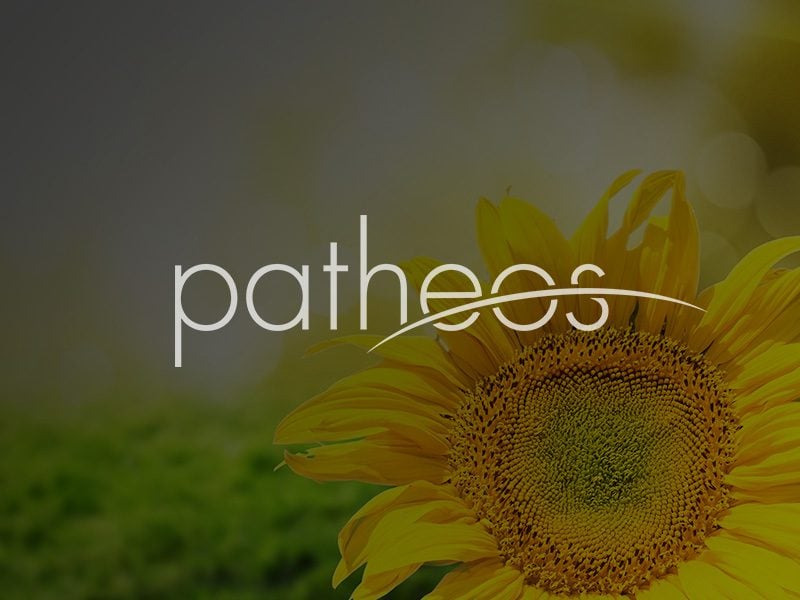In Pt I we looked at developing a curriculum and focused on “core classes”. That discussion is still on-going. This post will examine the develoment of an Introduction to Religious Studies course (which will be part of the core classes), and a required theories course which majors will take during the Sophomore (and perhaps Junior) year. The issue of language requirements was also raised so let’s toss that into the mix here.
Learning a language other than English is an essential part of most RS programs. Here are the requirements at some of the other institutions mentioned in the previous post (and others that I could find browsing through their websites):
- Indiana: Second year proficiency in a language other than English (and I imagine related to their field of study).
- Berkeley: Unclear, but they specify that “students wishing to do graduate work in X should study X-related language”.
- Yale: Three semesters of a language other than English.
- Harvard: One year is required by the college (but “more is strongly encourage in consultation with an advisor”).
BYU of course has a “Languages of Learning” requirement, which can be fulfilled by taking one of a series of math/statistics classes or a second/third year language class. I imagine that a RS program should require the latter and specify that it should relate to one’s area of study. Other than noting that those wishing to go to grad school should have more language prep, should anything else be required?
The next topic for discussion are the Intro and Theories courses.
Beside practically creating my own syllabus, which I don’t have time for right now, perhaps the easiest way to approach this topic is by posing two questions, and seeing what other’s thoughts are in this regard:
1) What should be covered in these classes? How is the Intro course different from the Methods course?
2) Who/What should be read?
I’ll begin by tossing out three of what I see as essential readings for RS. These aren’t necessarily the ‘top three’, but rather three books I would perhaps teach from had I the chance to teach the classes at BYU. I’m also not sure where I would use each of these books (in the Intro course or in the Theories course):
- Sharpe’s Comparative Religion: A History. I list it here because I mentioned it in the previous post. Sharpe creates a coherent narrative of the way ‘religion’ has been viewed as a world-wide phenomenon, tracing different approaches and shifts in the contour of the field. For those familiar with Wilfred Cantwell Smith’s The Meaning and End of Religion, this is a more organized and detailed attempt to tease out its background and thesis.
- Mark Heim’s Salvations. This provides a good overview of current debates on religious pluralism, and a powerful critique of the discourse at large. The winning quote: “Nirvana and communion with God are contradictory only if we assume that one or the other must be the sole fate for all human beings. True, they cannot both be true at the same time of the same person. But for different people, or the same person at different times, there is no necessary contradiction in both being true” (149). This recommendation is the most controversial of the three. It raises the question of a distinction between RS and theology, and the appropriateness of this kind of material at BYU. Would introducing this text destroy the more disengaged approach hoped for in a RS program? Would it challenge standard LDS assumptions in an unwelcoming manner? Disengagement at a place such as BYU can in someways be a ‘blessing’. It can be a blessing in the sense that it merely attempts to describe religious phenomena, rather than evaluating its ‘goodness’ or ‘badness’; therefore RS does not infringe on the religious affiliation of the institute (this is oversimplified of course). Introducing the pluralism discourse from the context of Heim’s work may directly challenge student perceptions of one’s relationship with other ‘religions’.
- Gananath Obeyesekere’s The Apotheosis of Captain Cook: European Mythmaking in the Pacific (and Marshall Sahlins’ response- How “Natives” Think). In response to a lecture given by Sahlins on the deification of Captain Cook, Obeyesekere writes this book and raises the issue of ‘mythmaking’ in the enterprise of ethnography. While Sahlins claimed that Hawaiians recognized Cook as a god, Obeyesekere claimed that all that can be proven is that the Europeans believed that the Hawaiians would recognize them as gods. Obeyesekere, therefore attempts to turn the assumption that ‘natives’ are bound by their myths and Europeans are liberated by their rationality, on its head. The Europeans in this case are also caught up in their own process of mythmaking. Two key quotes: “I would add that ethnography is a makeshift construction of another culture, a fiction if you will, by an alien ethnographer using unfamiliar material and poor language skills and often engaged in a hopeless dialogic relationship with informants” (200). “Thus, one difference between us is that while I am self-consciously engaged in makeshift ethnography, Sahlins is not” (205).











